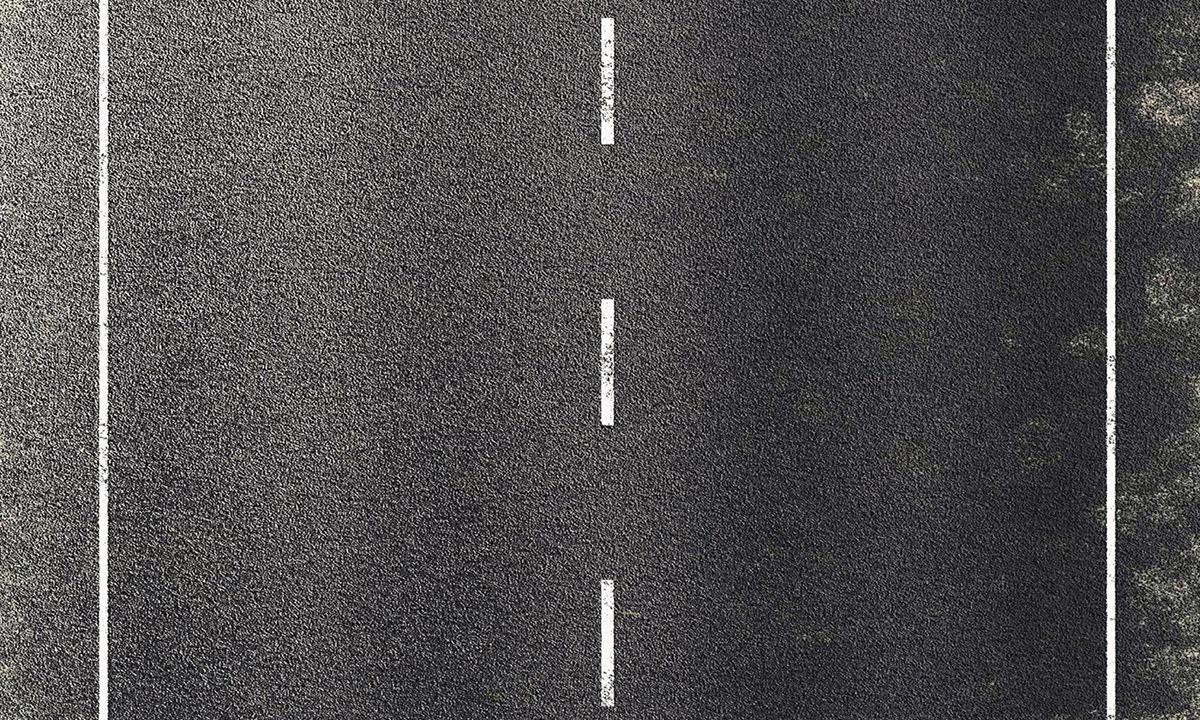Understanding the Difference Between Spray & Brush Sealcoating

Sealcoating is a crucial part of pavement maintenance. Whether it’s for your driveway, parking lot, or any other asphalt surface, sealcoating provides protection against harsh weather conditions, UV rays, and daily wear and tear. When it comes to sealcoating, two methods are commonly used: spray and brush sealcoating. Both have their respective pros and cons, and it’s important to understand the differences between them to choose the right method for your pavement project. In this blog post, we’ll discuss the differences between spray and brush sealcoating and help you make the right decision for your pavement maintenance needs.
1. Method and Equipment
The first difference between spray and brush sealcoating is the method and equipment used. Spray sealcoating involves spraying the sealant using a specialized machine that pumps the sealer through a spray nozzle. This method is typically used for large-scale projects such as parking lots, as it’s quicker and more efficient. On the other hand, brush sealcoating involves manually applying the sealant to the pavement using a brush or squeegee. While it’s more time-consuming, it allows for a more precise application, making it ideal for smaller surfaces.
2. Application Coverage
Another difference between the two methods is the coverage of application. Spray sealcoating provides a more even coverage of the sealer over the pavement surface, which can result in a smoother and more uniform finish. Brush sealcoating, on the other hand, may result in uneven coverage due to the manual application process. This can lead to a slightly less even finish, but it may be a better option for surfaces with many irregularities.
3. Quality of Finish
When it comes to the quality of finish, both methods can provide excellent results. Spray sealcoating provides a smooth and even finish, which can enhance the appearance of your pavement. On the other hand, brush sealcoating is more precise and can fill in gaps and cracks better, providing better protection against water damage and prolonging the life of your pavement.
4. Cost Effectiveness
Finally, the cost effectiveness of each method should be considered. While spray sealcoating can be more expensive due to the specialized equipment used, it’s quicker and more efficient, making it ideal for larger projects. Brush sealcoating is more time-consuming and may require more manpower, making it more suitable for smaller projects. Ultimately, the choice between the two methods comes down to the size and scope of your project, your budget, and your desired outcome.
Conclusion
Overall, both spray and brush sealcoating methods have their respective advantages and disadvantages. As a pavement owner, it’s important to choose the right method that fits your needs and budget. At Reliable Pavement Maintenance, we offer both spray and brush sealcoating services in Tavares FL. Our team of experienced professionals can help you choose the right method for your pavement project and provide quality sealcoating services that will enhance the appearance and durability of your pavement. Contact us today to request an estimate and learn more about our sealcoating services.